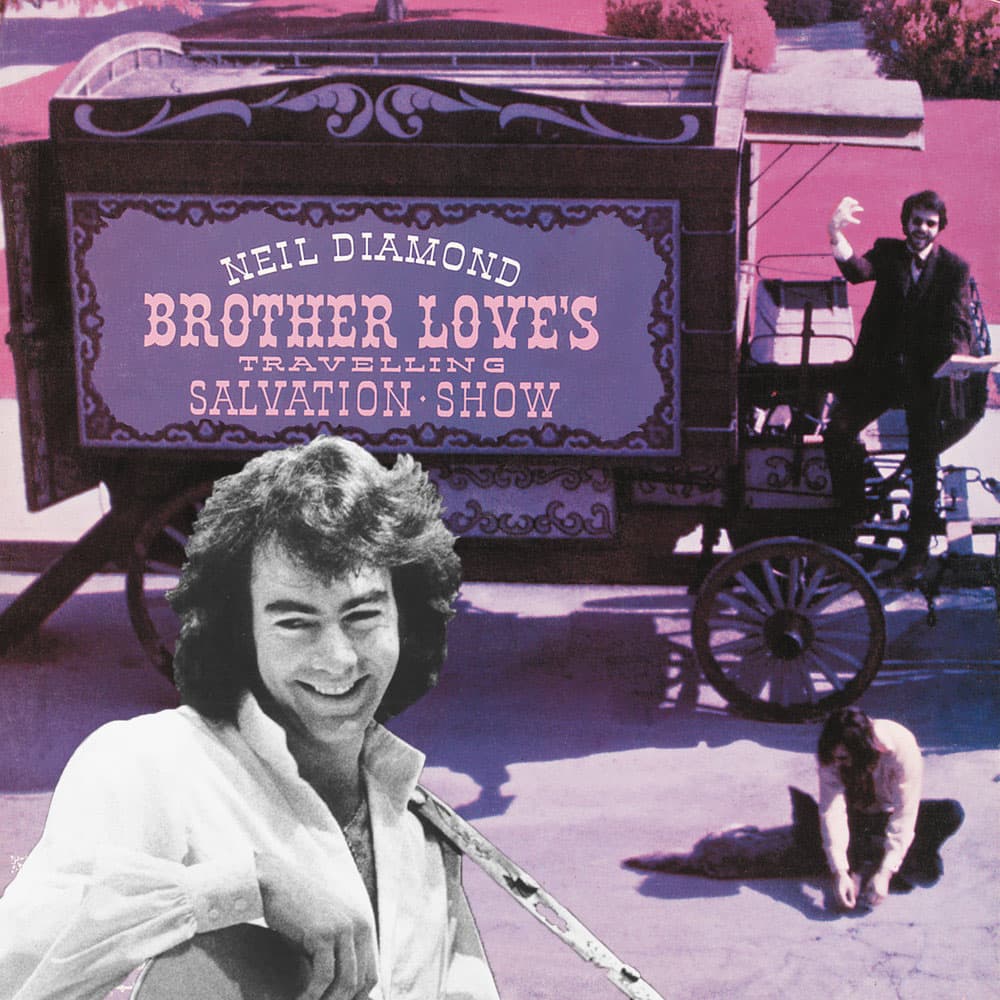
Brother Love’s Travelling Salvation Show: A Nostalgic Journey to Faith and Redemption
Ah, to step back in time, when the airwaves hummed with melodies that etched themselves into the very fabric of our memories. Today, we’re casting our minds back to 1969, a year of immense change and cultural shifts, and to a song that, for many, became an unexpected spiritual touchstone. We’re talking about Neil Diamond‘s iconic “Brother Love’s Travelling Salvation Show”. Released as a single, this powerful anthem quickly ascended the charts, reaching a respectable No. 22 on the Billboard Hot 100, a testament to its widespread appeal and resonant message.
For those of us who remember those days, the song wasn’t just another hit; it was an experience. It transported us to a dusty tent, filled with the fervor and hope of a revival meeting. Diamond, ever the master storyteller, painted a vivid picture of Brother Love, a charismatic preacher, and his itinerant ministry. The lyrics, brimming with gospel-infused energy, invited listeners to shed their burdens and embrace a message of redemption. It was a simple yet profound offering in a complex world, a musical balm for weary souls.
The genesis of “Brother Love’s Travelling Salvation Show” is as fascinating as the song itself. It’s said that Neil Diamond was inspired by his own reflections on faith and the captivating theatricality of revival meetings he had either witnessed or heard about. He was deeply moved by the idea of a traveling show bringing solace and a sense of community to people, even if just for a fleeting moment. This wasn’t about a specific denomination or rigid doctrine; rather, it was about the universal human need for hope, for something to believe in, and for a chance at renewal. Diamond himself, never one to shy away from exploring the deeper currents of human experience in his music, found a rich vein of inspiration in this concept. He wasn’t aiming to be a preacher himself, but rather to capture the essence of that spiritual journey and the powerful emotions it could stir.
The meaning of the song, then, lies in its exploration of salvation, not necessarily in a purely theological sense, but in a broader, more humanistic one. It speaks to the idea of finding an escape from one’s troubles, of discovering a sense of purpose and belonging. The “salvation” offered by Brother Love is a respite, a moment of unburdening, and a chance to feel connected to something larger than oneself. It’s about the transformative power of belief, whether that belief is in a higher power, in a community, or simply in the possibility of a better tomorrow. The repeated invitation to “take a walk with Brother Love” and “feel the power” resonated deeply with audiences grappling with the anxieties and uncertainties of the late 1960s. It offered a comforting hand in a tumultuous era, a reminder that even in chaos, there was still a pathway to peace and understanding.
Beyond its lyrical depth, the song’s musical arrangement is equally crucial to its enduring appeal. The soaring gospel choir, the driving rhythm, and Diamond‘s impassioned vocals all combine to create an almost palpable sense of revivalist fervor. It’s a song designed to be felt as much as heard, to stir emotions and encourage participation. When the chorus swells, you can almost see the congregation swaying, feel the energy in the tent, and imagine the dust motes dancing in the sunbeams filtering through the canvas. It’s a masterclass in musical storytelling, where every instrument and every vocal inflection serves to deepen the narrative and heighten the emotional impact.
“Brother Love’s Travelling Salvation Show” became the title track of Diamond‘s fifth studio album, released in 1969, further solidifying its place in his discography and in the hearts of his fans. The album itself continued to showcase Diamond‘s evolving artistry, blending his signature pop sensibilities with deeper, more reflective themes. But it was this particular song that truly captured the zeitgeist, becoming an anthem of hope and a testament to the enduring power of faith, in whatever form it may take. For many of us, it wasn’t just a song; it was a memory, a feeling, a moment in time when music offered a path to something profound. And even all these years later, its message of redemption and connection continues to resonate, reminding us of a simpler time, and a timeless need for hope.